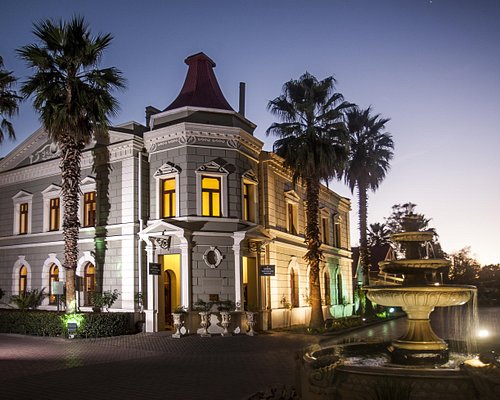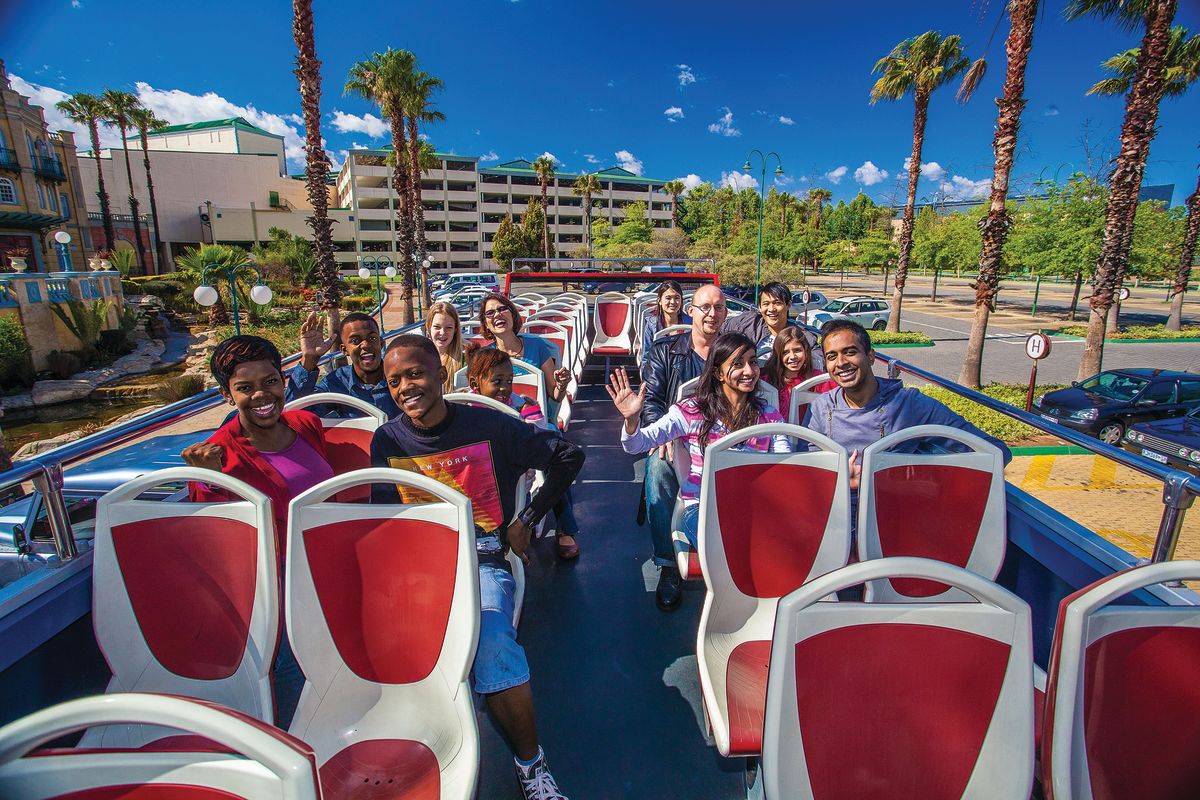The Basic Principles Of Johannesburg North Attractions
Table of ContentsWhat Does Johannesburg North Attractions Do?Some Known Factual Statements About Johannesburg North Attractions Johannesburg North Attractions Can Be Fun For AnyoneMore About Johannesburg North AttractionsJohannesburg North Attractions Fundamentals ExplainedThe Buzz on Johannesburg North AttractionsSome Known Questions About Johannesburg North Attractions.
You need to keep protection in mind and vacationers need to stay alert at all times when in unfamiliar environments. Talk with the locals when you remain in town to learn about the area you are remaining in. Johannesburg North attractions. When on the road (this doesn't relate to mall and various other secure environments) ideal general advice is to attempt your ideal to appear like a regional and to prevent presenting any kind of form of riches
Not known Incorrect Statements About Johannesburg North Attractions
Teacher Revil Mason O. J. (Thomson, 1946) explored the Witwatersrand's pre-colonial history. His historical job blew up the 'em pty land' misconception, according to which the area was without human habitation prior to the arrival of European settlers. In his publications Prehistory of the Transvaal: A Document of Human Task (1962) and Origins of Black Individuals of Johannesburg and the Southern Western Central Transvaal AD 3501880 (1986 ), Professor Mason showed the extent of social and economic growth in the area prior to Europeans established foot below.

Johannesburg North Attractions - The Facts
He showed the government's authorization, granted after he had actually sworn to maintain his discoveries trick. In 1874, small mining procedures were started in the Magaliesberg, where an Australian, Henry Lewis, had actually uncovered gold deposits. In 1878, David Wardrop located gold in quartz veins at Zwartkop, north of Krugersdorp. In 1881, Stephanus Minnaar stumbled upon gold on the farm Kromdraai, near the Cradle of Mankind.
In March 1886, an outcropping (quickly to be called the Key Reef) was discovered, quite luckily, on Gerhardus Oosthuizen's farm Langlaagte. Some state that the Lancastrian coal miner George Pedestrian discovered this reef. One more travelling English miner, George Harrison (who had actually formerly operated in Australian mines) obtained a prospecting licence in respect of Langlaagte in May 1886.
He chose to go on in a pursuit for greener pastures, and disposed of his Langlaagte case for the princely sum of 10. Alas: below lay the wealthiest goldfield ever before found. The exploration of this abundant auriferous coral reef provoked a gold rush that indicated the end of bucolic serenity in the southerly Transvaal.
It would, within six years, come to be the largest community in southerly Africa. Within a decade, it would certainly make the Z. A. R. up until then an anarchical and bankrupt little state the wealthiest country in Africa. By the millenium, the Z. A. R. was to go beyond Russia, Australia and the USA of America to come to be the world's leading gold manufacturer, creating greater than a quarter of the world's gold.
The Best Guide To Johannesburg North Attractions
It was recognized as Ferreira's Camp, named after Colonel Ignatius Ferreira. He was a Boer traveler upon whom the British authorities had bestowed the status of Friend of one of the most Identified Order of St Michael and St George (qualifying him to the post-nominal letters C. M. G.) in gratefulness for his role in the war that had deposed the Pedi king Sekhukhune in 1879.
Quickly the camp was bursting with camping tents and wagons as beginners showed up daily from much and wide. By September 1886, some 400 people stayed in Ferreira's Camp, which quickly boasted prefabricated iron and timber structures. Two various other camps were developed: Meyer's Camp on the farm Doornfontein, and Paarl Camp. The latter was nicknamed Afrikander Camp; many individuals from the Cape Nest worked out there.

Johannesburg North Attractions - An Overview
This name obtained money by word of mouth, such that the State Assistant affirmed the name to the Mining Commissioner on 9 October 1886. Stands in the town were auctioned on 8 December 1886. While some stands were cost 10, others were knocked down for as little as sixpence.
2 years later on, these erven were to change hands for you can look here as high as 750 each. The tented camps decreased as a dorp of corrugated iron structures developed and increased north of the mines located along the Main Coral Reef Road. Areas such as Jeppe's Town (where working-class immigrants erected their residences) and Doornfontein (where the affluent new 'Randlords' started to construct their opulent houses) were soon included in the ever-expanding map of the community.
See This Report about Johannesburg North Attractions
Besides the street names, there were no indications of Johannesburg being positioned in a Dutch-speaking country. Several years later, C. W. Kearns O. J. (one of the very first children registered at St John's College in 1898) would recall: 'An unusual fact regarding Johannesburg was that, although it remained in the [Boer Republic], virtually everybody talked English and also the Federal government servants resolved one in English, unless they were first resolved in the Taal you can try this out (or Low Dutch)'.
Britain had an interest in guaranteeing ideal conditions for gold manufacturing on the Witwatersrand, and that the gold was exported to London rather than Berlin a vital made all the much more clamant by the Z. A. R.'s increasing toenadering with Germany. Mine proprietors got on a collision course with Head of state Kruger, whose plan of monopolistic giving ins (typically approved to his cronies) avoided mining business from procuring supplies of materials (especially dynamite) and work by themselves, more affordable terms
The Best Guide To Johannesburg North Attractions
In 1890, the Volksraad had restricted the franchise to white guys that had actually resided in the Z. A. R. for fourteen years or longer, thus disqualifying the majority of the immigrants (that happened to be the major factors to the fiscus). Frustration for the vote was a plain pretense for advertising a various program; the majority of uitlanders regarded themselves as momentary site visitors and had no objective of staying in the Z.